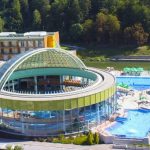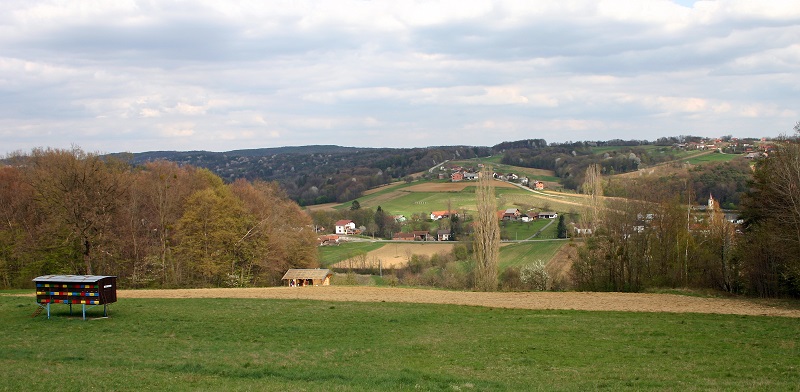The Škocjan Caves (Škocjanske jame) continue to be the only monolith in Slovenia and the Classical Karst region on UNESCO’s list of natural and cultural world heritage sites. Therefore, they hold a significant position amongst the world’s natural monoliths. In addition to our caverns, just those in the border location in between Hungary and Slovakia (Aggtelek Karst and Slovak Karst), Mammoth Caves and Carlsbad Caverns in the UNITED STATE have received the same honor. Various other caverns have been gotten in as cultural monoliths (for example Altamira in Spain and the ancient websites and cave paintings of the V?zere Valley in France).
The entry itself is very important from various viewpoints: most substantially, that the ? kocjan Caves have acquired worldwide acknowledgment which the state has committed itself to doing everything in its power to save and shield this exceptional natural site.
The Great Hall is the largest hall in the Silent Cavern.
The preparations for the facility of the Škocjan Caves Regional Park began in the very early 1990s, with the ? kocjan Caves Regional Park Act embraced in 1996. A year later on, the general public Service Agency, which currently employs 16 people, began its operation as the Park’s managing authority. In addition to embracing programs for defense and development of the Park, constantly monitoring and analyzing the condition of natural and cultural heritage, the general public Service Firm performs many other jobs: it accountables for the promotion of the caverns, study activity, education, infrastructure upkeep, in addition to other activities. Co-operation with local homeowners is also essential, specifically those who are able to take advantage of the Park’s facility.
The quick development of the area that made use of to be a demographically and financially threatened area is mirrored in the fact that the Park has actually gotten subscription in numerous worldwide organizations, which substantially adds to the quality economic development both within the Divača Town and the Karst in Slovenia in general.
The ? kocjan Caves are a world natural and cultural heritage monument.
At the onset of the brand-new millennium, the Park joined the Alpine Network of Protected Locations, ended up being a member of the Europarc Company, which organizes international workshops and workshops where the ? kocjan Caves Park regularly takes part. Lastly, the Park was entered upon another list under the auspices of UNESCO: The Ramsar Directory site of Wetlands of International Significance, that includes wetlands which are necessary especially as waterfowl habitats. The Škocjan Caves were consisted of in this list due to their crucial natural environment making up extremely specialized and often endemic land and water cavern animal species, among them the endemic cave salamander (Proteus anguinus).











 Business tourism is a major part of tourism in the world.
Business tourism is a major part of tourism in the world.